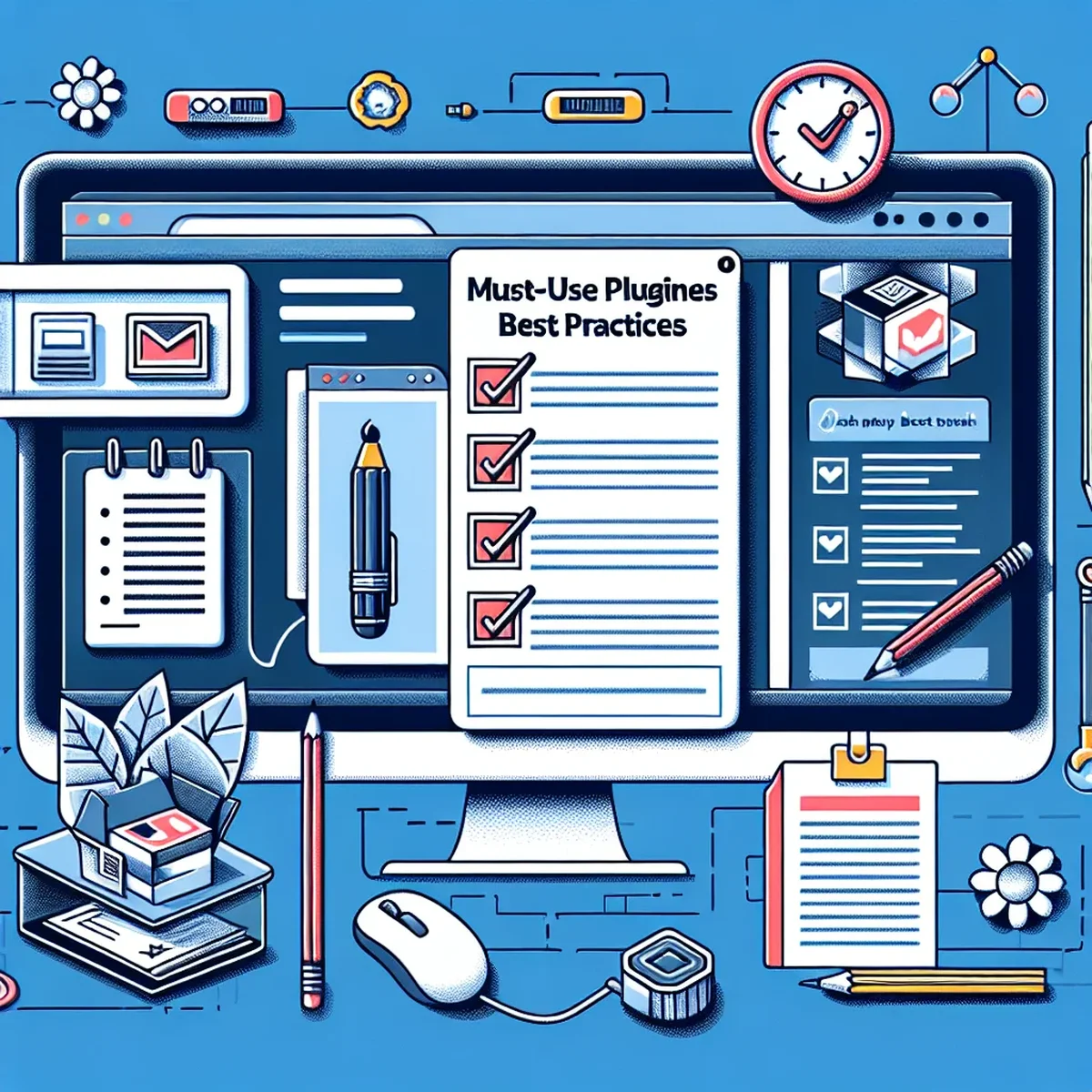Optimizing Your WordPress Site: Best Practices for Must-Use Plugins

WordPress continues to be a powerhouse for digital businesses and marketing agencies alike, offering extensive customization through themes and plugins. Among these, must-use plugins (MU-plugins) hold a special place due to their critical role in WordPress environments. This post will guide you through best practices for selecting and managing these plugins to maximize your site's performance and security.
Understanding Must-Use Plugins
Must-use plugins are a unique type of WordPress plugin that, once added to the mu-plugins directory, are automatically activated and cannot be deactivated from the WordPress dashboard. This feature makes them invaluable for implementing essential functions that must remain on regardless of changes in the site’s admin panel.
Why Use MU-Plugins?
- Reliability: They provide a consistent functionality that is crucial for certain features.
- Control: Offers developers more control over the WordPress site, ensuring important functionalities are always active.
- Security: Reduces the risk of accidentally disabling essential security features.
Choosing the Right Must-Use Plugins
Selecting the right MU-plugins can be daunting but crucial. Here’s how to ensure you’re making the best choice:
- Evaluate Your Needs: Assess which functionalities are critical for your site that you want to ensure remain always on.
- Research and Reviews: Only choose plugins with excellent reviews and strong support from the developer community.
- Compatibility Checks: Ensure the plugin is compatible with your version of WordPress to avoid potential issues.
Recommended Must-Use Plugins
- Security Plugins: Essential for maintaining the integrity of your site.
- SEO Optimization: Plugins like Yoast SEO to ensure your site always follows best SEO practices.
- Performance Enhancements: Caching plugins to improve page load speeds.
Installing and Managing Must-Use Plugins
Installation Tips
- Direct Upload: MU-plugins must be uploaded directly to the
mu-pluginsdirectory via FTP, as they cannot be installed through the WordPress admin. - Proper Coding: Ensure the plugin code does not require activation hooks as they won’t run in the MU-plugins directory.
Management Best Practices
- Regular Updates: Keep your plugins updated to secure your site from vulnerabilities.
- Performance Monitoring: Regularly check the impact of your MU-plugins on site performance and make adjustments as needed.
Maximizing Performance and Security
Implementing must-use plugins requires a balance between functionality and performance. Here are key strategies to maintain this balance:
- Minimalistic Approach: Only use essential plugins as MU-plugins to avoid overloading your site.
- Quality over Quantity: Opt for plugins that are well-coded and maintained regularly.
- Security First: Always prioritize security when choosing must-use plugins to protect your site from potential threats.
Conclusion
Must-use plugins offer a powerful way to enhance and secure your WordPress site, but they require careful selection and management. By following these best practices, you can ensure that your site leverages the full potential of MU-plugins without compromising on performance or security.
Remember, the key to effective use of any plugin is not just in the selection but also in how well you manage and integrate them into your WordPress environment.
FAQ
- What are must-use plugins in WordPress?
- Must-use plugins are plugins that are automatically activated and cannot be deactivated through the WordPress admin area. They're typically used for critical functions across a WordPress site.
- How can I ensure that my must-use plugins do not affect site performance?
- Optimize plugin performance by choosing well-coded plugins, keeping them updated, and periodically reviewing their impact on site load times.
- Are must-use plugins secure?
- While must-use plugins can enhance site functionality, ensure their security by obtaining them from reputable sources and keeping them updated to avoid vulnerabilities.